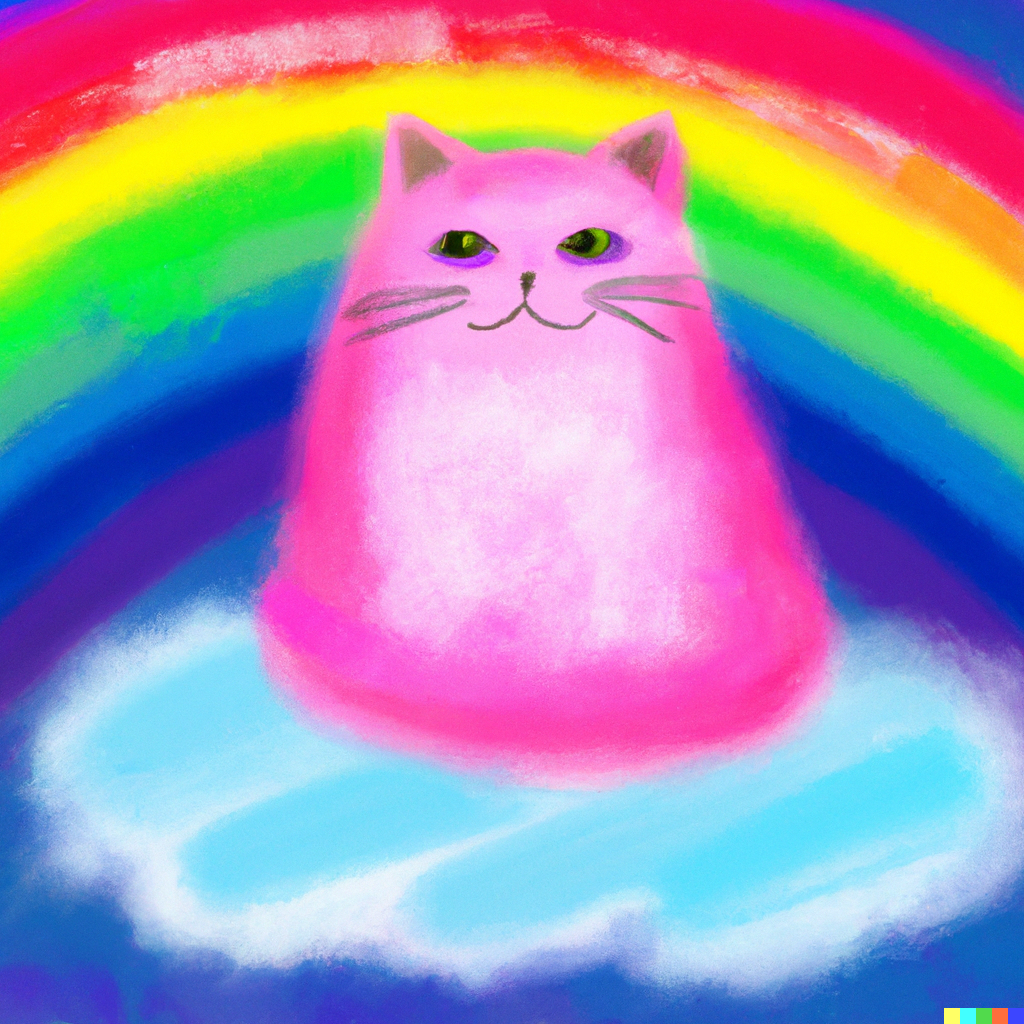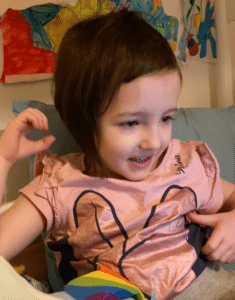
Use ‘The Rainbow Passage’ to teach English with a colorful twist!
If you’re an English language teacher, you know how challenging it can be to help your students improve their pronunciation. It can be especially difficult for English language learners (ELLs) who may not be familiar with the sounds of English. But fear not; the Rainbow Passage is a fun and effective way to help your ELL students improve their pronunciation.
I actually first became familiar with the Rainbow Passage when I got lingual braces, and my orthodontist gave me the Rainbow Passage to help me improve the resulting lisp they gave me.
I quickly realized that the passage was ideal for teaching my Chinese students how to stress their ‘s’ sounds at the end of words. Pretty soon, I was assigning them the same homework my orthodontist gave me: read it out loud three times each day.
What is ‘The Rainbow Passage’?
‘The Rainbow Passage’ is a famous paragraph that was first used in speech therapy in the early 20th century. It was designed to help people improve their diction and articulation, and is often used today to teach English pronunciation.
The passage is a colorful description of a rainbow and includes many vowel and consonant sounds common in English.
Here’s the text of ‘The Rainbow Passage’:
“When the sunlight strikes raindrops in the air, they act as a prism and form a rainbow. The rainbow is a division of white light into many beautiful colors. These take the shape of a long, round arch, with its path high above and its two ends apparently beyond the horizon. There is, according to legend, a boiling pot of gold at one end. People look, but no one ever finds it. When a man looks for something beyond his reach, his friends say he is looking for the pot of gold at the end of the rainbow.”
Advanced Rainbow Passage
For advanced students, you can have them try to listen to Aaron James read The Rainbow Passage and replicate his speed- but only after they have practiced the pronunciation many times slowly, of course. Be sure they focus on pronunciation problem areas.
Why is ‘The Rainbow Passage’ helpful for ELL students?
The Rainbow Passage is helpful for ELL students because it includes many different vowel and consonant sounds that are common in English. By reading and practicing this passage, students can improve their pronunciation, intonation, and rhythm.
How can you use ‘The Rainbow Passage’ in your ESL classes?
Here are some fun and effective ways to use ‘The Rainbow Passage’ in your ESL classes:
- Read the passage aloud as a class: Start by reading the passage aloud as a class. Encourage students to pay attention to the different vowel and consonant sounds and to repeat after you.
- Practice individual sounds: Break the passage down into individual sounds and practice each one separately. For example, focus on the ‘r’ sound in “raindrops” or the ‘ow’ sound in “rainbow”.
- Practice intonation and rhythm: Pay attention to the rhythm and intonation of the passage. Encourage students to clap the rhythm as they practice reading the passage with the correct stress and intonation. This will help them put stress on the correct syllable of each word.
- Create a rainbow-themed activity: To make the activity more fun, create a rainbow-themed activity around the passage. For example, students can draw pictures of rainbows or create their own rainbow-themed stories using the vocabulary and sounds
- from the passage.
‘The Rainbow Passage’ isn’t just helping my list (albeit slowly). It is also a fun and effective way to help ELL students improve their English pronunciation. By incorporating this passage into your ESL classes, you can help your students achieve the perfect pronunciation and have fun while doing it.

If this activity sounded fun, check out these ideas, too:




